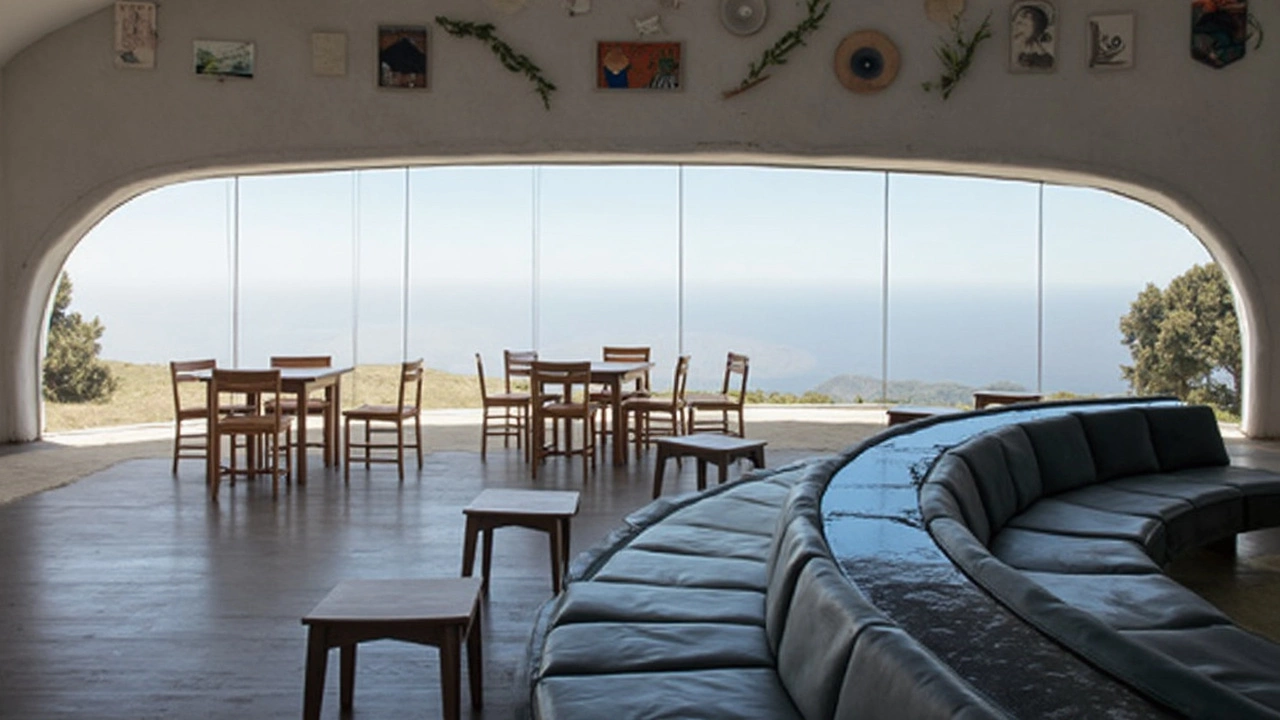César Manrique's Enduring Influence on Lanzarote's Art and Sustainability
Imagine an island where every architectural feat is not just a man-made structure but an integral part of the landscape. That's Lanzarote for you, thanks to the visionary artist César Manrique. Born in 1919 in Arrecife, Manrique not only mastered the fine arts in Madrid and New York but was also profoundly influenced by the modernist movements that thrived in these cities. This exposure molded his artistic vision, ultimately bringing him back home to Lanzarote where he vowed to intertwine art with nature, making the island a picturesque blend of both.
Architectural Wonders
One can't talk about César Manrique without mentioning his incredible architectural contributions. His approach was simplistic yet groundbreaking—using nature as part of the design. Take Jameos del Agua, a stunning cultural center ingeniously designed within a volcanic lava tube. Here, a subterranean lake harbors endemic blind crabs, and the architecture seamlessly merges with natural geological formations.
Then there's Mirador del Río, a breathtaking viewpoint perched on cliffs using local materials and minimalist design. This spot offers a mesmerizing view of the Chinijo archipelago, leaving visitors astounded by its striking landscape fusion.
Not to forget the Cactus Garden, established in a previously abandoned volcanic quarry. It's now home to over 7,000 cacti from across the globe. The garden's amphitheater layout is a testament to Manrique's ingenious design capabilities, transforming neglected areas into must-visit attractions.
Beyond Aesthetics: Environmental and Cultural Advocacy
Manrique wasn’t just about aesthetics—he was a passionate advocate for environmental conservation. His relentless push for strict building codes ensured Lanzarote retained its distinct low-rise, whitewashed architectural style. This approach played an essential role in the island being designated a UNESCO Biosphere Reserve in 1993, underscoring its unique cultural and ecological harmony.
But he didn’t stop at that. His influence spread globally, inspiring architects to integrate nature within their designs rather than overpower it. Projects like the Casa Museo del Campesino echo this vision, helping preserve traditional Canary agricultural practices and crafts.
Today, despite the pressures of rapid tourism growth, Manrique's philosophy of sustainable development remains at the island's core. Initiatives like 'Together We Are Biosphere' further his legacy, involving locals and tourists alike in conservation efforts. While debates rage about tourism's impact, the harmony Manrique envisioned continues to shape Lanzarote's identity—a beautiful dance between artistic innovation and ecological preservation.





